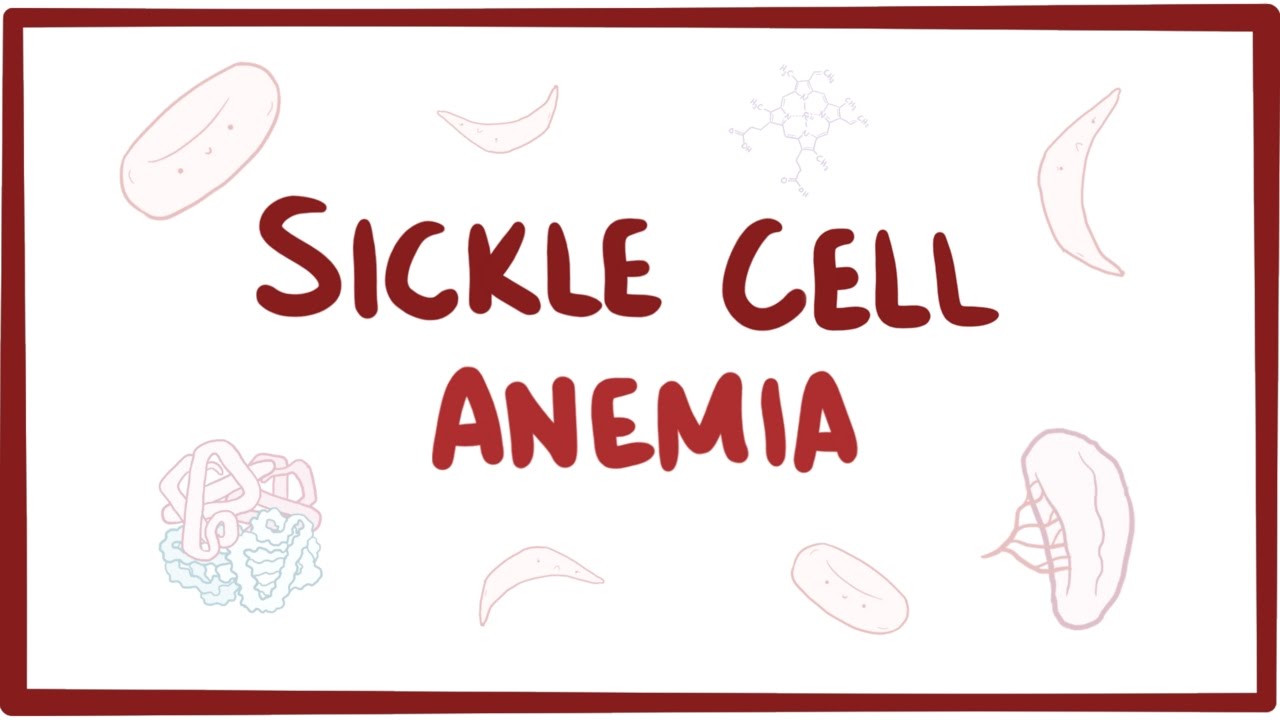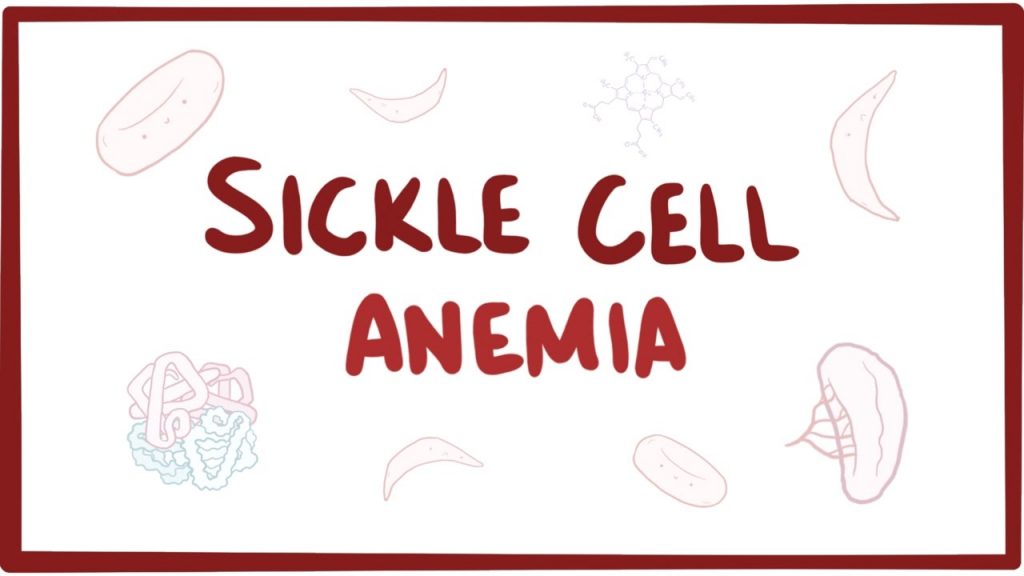
Facts And Tips On How To Manage Sickle Cell Anemia
- Anu
- June 19, 2019
- Cover, Health
- sickle cell facts, sickle cell nigeria, world sickle cell day 2019, world sickle cell day facts
- 0 Comments
 World Sickle Cell Day is celebrated June 19th annually.
World Sickle Cell Day is celebrated June 19th annually.
Sickle cell anemia is an inherited form of anemia — a condition in which there aren’t enough healthy red blood cells to carry adequate oxygen throughout your body.
Known for distorting the red blood cells which mostly result in severely painful blood clots, sickle cell anaemia is among the top genetic haemoglobin disorders.
Since 2008, World Sickle Cell Awareness Day has been held annually, in order to help increase public knowledge and raise awareness of Sickle Cell Disease (SCD) and the struggles sufferers and their families go through.
The date June 19 was chosen to commemorate the day on which a resolution was officially adopted by the General Assembly of the United Nations, recognising SCD as a public health concern.
At least 100,000 babies die from the disorder in Nigeria every year, according to 2014 statistics by the WHO, making it the number one sickle-cell endemic country in Africa.
Quick Facts About Sickle Cell Disease in Nigeria
Nigeria is the country with the highest burden of sickle cell disorder in the world.
Over 150,000 babies are born each year with sickle cell anemia in Nigeria.
Over 40 million Nigerians are carriers of the sickle cell gene.
People with sickle cell usually suffer severe pain.
People with sickle cell sometimes suffer a breakdown or degeneration of the hip joint/bones and end up unable to walk.
Persons with sickle cell tend to suffer extensive, chronic leg ulcers or sores that cause them much debilitation and social isolation.
Socially, they suffer stigma and discrimination.
Bone Marrow Transplantation (BMT) is a cure for sickle cell, but it is not widely accessible and not everyone with sickle cell is a suitable candidate.
Tips For Managing Sickle Cell Disease
High fluid intake;
Healthy diet;
Folic Acid supplementation;
Pain medication;
Vaccination and antibiotics for the prevention and treatment of infections;
A number of other therapeutic measures.






